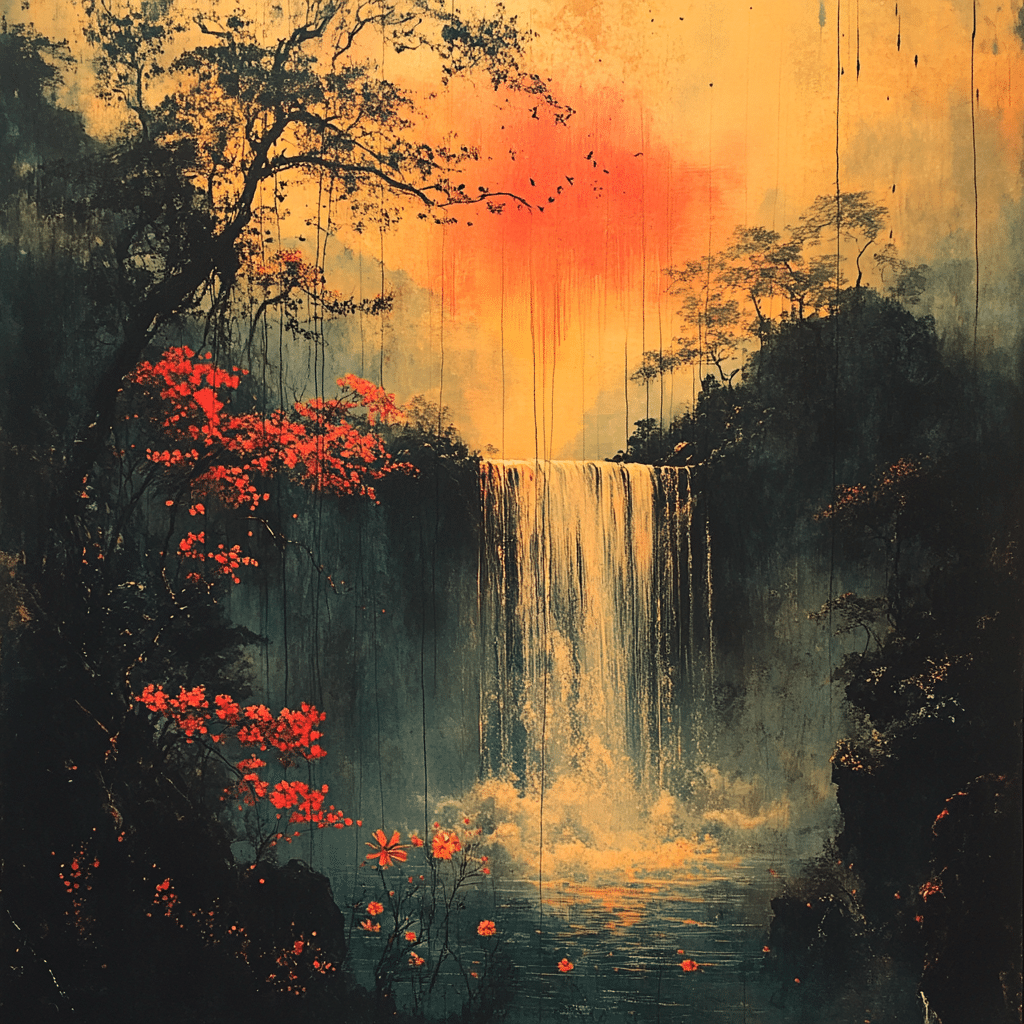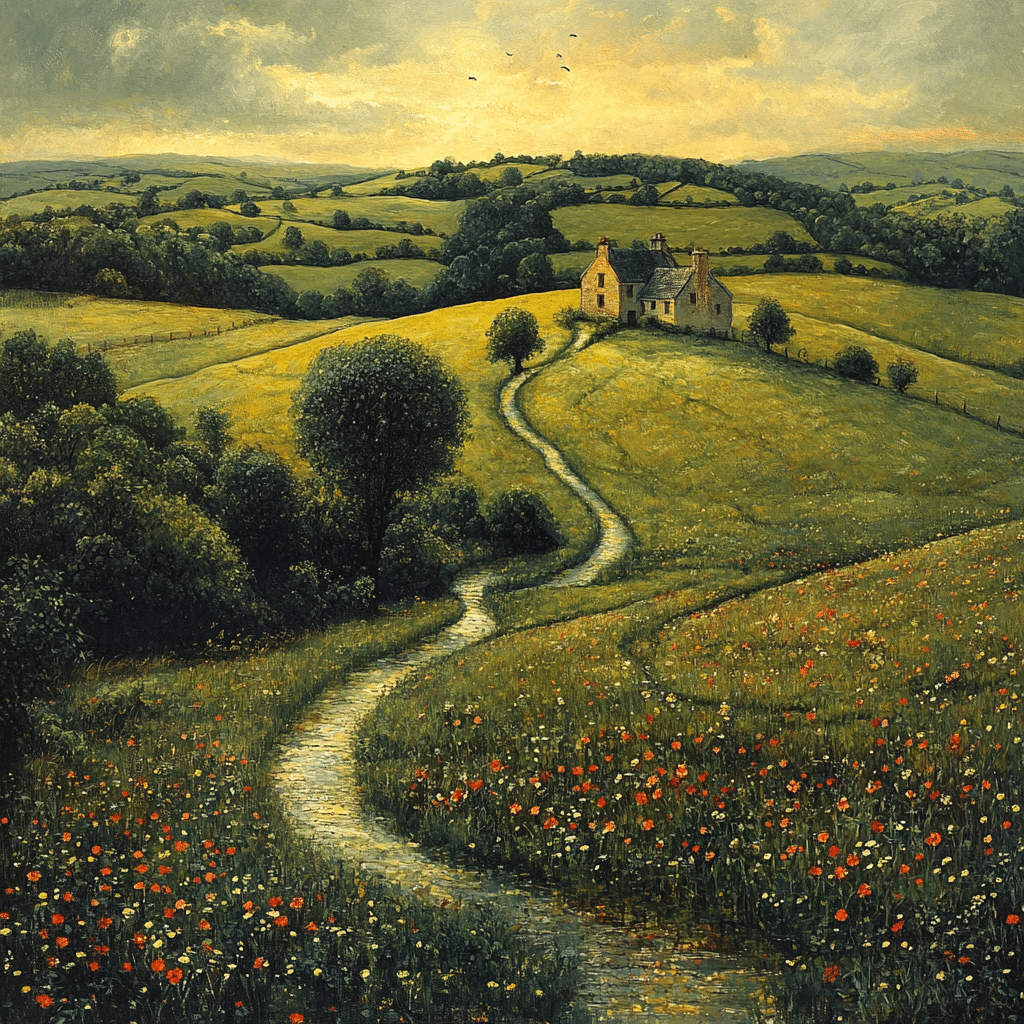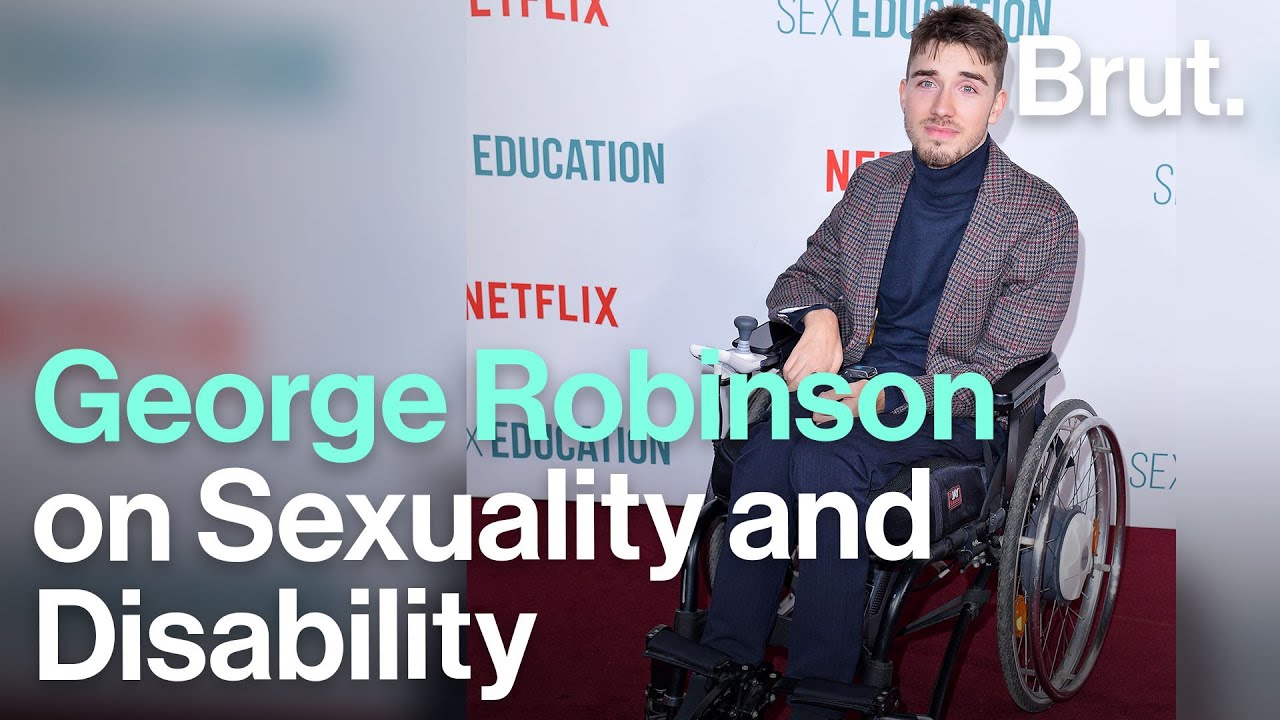
George Robinson Inspires With His Courage After Tragedy
George Robinson has captured the hearts of many and continues to inspire through his unwavering resilience following a personal tragedy. A renowned figure in the indie film circuit, George’s journey from a promising young athlete to a tetraplegic after a devastating rugby accident showcases his incredible strength. Just a few years ago, during a school rugby game in South Africa, George broke his neck, resulting in a spinal cord injury that paralyzed him from the neck down. Rather than allowing this tragedy to define him, he transformed his struggle into a source of inspiration, becoming a beacon of hope for many within the film industry and beyond.
Robinson’s indomitable spirit not only motivates fellow filmmakers and actors, but also resonates deeply with audiences worldwide. He serves as a reminder that resilience, authenticity, and creativity can shine brightly even in the darkest moments. His story continues to unfold brilliantly within the artistic community and represents a significant shift in how we view representation and disability in film.
1. The Remarkable Journey of George Robinson
George’s life took a dramatic turn in July 2015, when a rugby tackle during a school tour led to a catastrophic injury. The accident left him quadriplegic, forever changing his perspective on life, passion, and creativity. Despite facing numerous challenges, George found ways to use his experiences to inform his art, paving the way for meaningful narratives that resonate with many.
After his injury, George took on acting, proving that his voice—though now delivered through a different lens—could still break barriers in storytelling. His most notable role, Isaac, originally written as an amputee, was adapted to fit his spinal cord injury following a successful audition. This pivot not only showcased George’s talent but also reflected the industry’s growing understanding of inclusivity, thanks in part to advocates like him and figures such as Richard Thomas, who have pushed for true representation in film.
Robinson’s dedication to his craft and his ability to draw from his personal experiences empowers him. His projects often tread the fine line between personal revelation and universal truths, ultimately encouraging audiences to reflect on concepts of loss, recovery, and the human condition.

2. 5 Ways George Robinson Inspires Others
George Robinson’s commitment to telling genuine stories resonates deeply within the film community. His project, “A Different Angle,” serves as a poignant example, dealing with themes of loss and recovery that mirror his own experiences. Through his storytelling, George emphasizes the importance of authenticity, showcasing how personal narratives can create bonds with viewers.
Understanding the power of representation, George collaborates with various organizations to ensure people with disabilities are fairly represented in film and media. This deep-rooted commitment encourages other advocates, like John Vernon, who similarly fought for the portrayal of marginalized groups through their creative work. George’s advocacy signals a progressive shift in the entertainment landscape, pushing the narrative towards more inclusive storytelling.
George actively mentors aspiring filmmakers, emphasizing the importance of community in fostering growth. By partnering with emerging talents like Jacob Payne, he conducts workshops aimed at encouraging storytelling from underrepresented voices. His mentorship transcends basic skills; he focuses on instilling confidence and resilience, empowering the next generation of filmmakers to share their stories.
In his latest initiatives, George has embraced technology to create accessible filmmaking tools. Collaborating with developers like Eric Montgomery, he has helped design applications that enable filmmakers with disabilities to produce and edit their projects, promoting inclusivity and empowering underrepresented creators.
By joining forces with organizations such as the Richard Thomas Foundation, George spearheads initiatives that empower individuals with disabilities within the creative arts. These collaborations lead to programs where participants can showcase their work, gaining visibility, confidence, and a voice in an often-overlooked industry.
3. The Impact of George Robinson’s Advocacy
George Robinson’s impact reaches far beyond his on-screen performances. His relentless advocacy for inclusivity in the film industry has opened numerous doors for those who share similar challenges. Through his efforts, he’s not only changing perceptions but also redefining narratives surrounding disability and creative expression in Hollywood.
His dedication sets a powerful example, shaping a cultural shift wherein authenticity and representation take center stage. As George embarks on future projects, such as documentaries highlighting underrepresented stories, each endeavor further fuels a critical conversation about accessibility in the arts.
Through the lens of his advocacy, George Robinson embodies the notion that art can change the world. By fostering a sense of community, he inspires others to join the movement towards an industry that embraces diversity—as not merely a trend, but a necessity.

4. The Cultural Shift Towards Inclusivity
The discussions ignited by George Robinson’s groundbreaking work resonate with broader societal movements advocating for representation and accessibility across all platforms. Organizations and individuals, including the likes of William Montgomery and others, are aligning with Robinson’s vision, pushing for authentic portrayals of disability in mainstream media. This collective movement sends a strong message to the industry: change isn’t just desired—it’s demanded.
The ripple effects of such advocacy extend beyond individual projects, escalating the need for a cultural reevaluation of how voices are represented. No longer can audiences, creators, or industry leaders overlook the importance of diverse storytelling. George’s courage pushes boundaries, elevating discussions about who gets to tell which stories and why it matters.
The film industry now stands at the precipice of change, with advocates like George Robinson leading the way. The long call for representation is increasingly becoming a reality, fostering an environment in which stories reflect the multidimensionality of society.
5. Personal Reflections from George Robinson’s Life
In interviews, George often reflects on the crucial moments that shaped his approach to creativity and existence. His insights reveal a profound understanding of resilience, largely attributed to influential conversations with industry figures, such as Richard Thomas and his compelling perspectives on the challenges of maintaining artistic integrity amidst trials.
His narratives delve deep into the intersection of identity and adversity. As articulated during a recent interview, George notes, “Navigating life post-injury reshaped my creativity. I find strength not only in my struggles but in the stories waiting to be told.” This insightful perspective inspires many others to embrace vulnerability, advocating for narratives that encourage empathy.
George Robinson’s journey, marked by immense courage following a tragedy, highlights how personal hardships can catalyze not only individual growth but also societal change. Each step he takes in the film industry symbolizes a ripple effect, fostering dialogue around inclusivity and representation. His story serves as a powerful example that even amidst adversity, we can forge paths that uplift entire communities. By championing advocacy and mentorship, George becomes not just a figure of inspiration but a catalyst for compassion and understanding in the film industry.
As we continue to highlight stories like George’s, we invite everyone to join in the journey towards a more inclusive and representative narrative in cinema. The call is clear: it’s time for all voices to be heard.
George Robinson: A Story of Courage and Resilience
Triumph in Adversity
George Robinson’s journey is nothing short of inspiring. After facing a tragic accident that changed his life, Robinson emerged with a spirit that many envy. His resilience reflects a deeper narrative common in the lives of talented folks in showbiz. Take for instance, Mike from Stranger Things; his plucky character resonates deeply with those who have faced hardships. Just like Robinson, Mike teaches us about tenacity and the will to push through the darkest days. This powerful message elevates not just individual stories, but the entire indie film community as it channels similar themes of courage and determination.
Spotlighting Unique Collaborations
George Robinson isn’t just standing solo; he’s forging connections within the industry. Collaborating with fellow talents like Jacob Ifan, who is also carving his niche, they are uplifting each other against the odds. Interestingly, both actors symbolize a new wave of performers challenging norms and bravely tackling their craft. Akin to the spirit of Boys Run The Riot, these narratives about facing societal challenges resonate with audiences far beyond the screen. And speaking of connections, let’s not forget the whispers from Hollywood—much like Jennifer Oneill, who has inspired many with her candid honesty and profound roles.
Celebrating the Little Joys
Through his journey, Robinson shows how joy can be found in unexpected places. Just like how British Christmas crackers bring laughter and surprises to holiday gatherings, Robinson has a knack for bringing lightness even in the shadow of adversity. His ability to draw out humor from tough situations reminds us that life’s too short to take everything so seriously. And if you ever need a break, consider how your house loan calculator income impacts your well-being! It’s these small aspects of life that contribute to a greater narrative, one that George Robinson embodies wholeheartedly.
In a world filled with uncertainties, resilience shines bright. George Robinson’s story serves not just as a reminder of courage but as a beacon of hope, making us believe that even after tragedy, one can emerge stronger.

Why is George Robinson in a wheelchair?
George Robinson’s in a wheelchair because he became quadriplegic after breaking his neck during a rugby match in South Africa when he was just 17 years old.
Why is Isaac in a wheelchair?
Isaac’s wheelchair use comes from a spinal cord injury he sustained, which led to the character’s alteration from an amputee to being created around a person with his condition after the audition.
What did George Augustus Robinson do?
George Augustus Robinson was known for his work in exploration and as a government official, particularly in Australia, where he played a role in the management of Indigenous affairs.
How old was George Robinson when he drowned?
George Robinson drowned at the young age of 18 during a boating accident.
Who is the guy in the wheelchair in bridgerton?
The guy in the wheelchair in “Bridgerton” is a character who fits into the diverse representation of disabilities in period dramas, emphasizing that such characters exist in all backgrounds and stories.
Why did Isaac go blind?
Isaac went blind due to complications related to his medical condition, which can happen with severe spinal injuries affecting vision.
What happened to Isaac when he died?
When Isaac died, it had a significant emotional impact on his friends and family, showcasing the ripple effects of loss in their lives.
What gender is Eden in Isaac?
Eden’s gender in Isaac is fluid, often reflecting the character’s vibrant personality and engagement with themes of identity.
What did Robinson do after the army?
After leaving the army, Robinson engaged in various activities, including advocacy for veteran rights and community service, focusing on giving back to those in need.
What did Charles Robinson do?
Charles Robinson contributed to various social and political causes, often working towards improving the lives of others and advocating for changes he believed in.
What did George Kennedy do?
George Kennedy was an American actor known for his roles in classic films and television, earning acclaim for his performances, particularly in “Cool Hand Luke.”
Why does Isaac get eye surgery?
Isaac gets eye surgery in hopes of restoring his vision or better managing the complications that arose from his injury, often showcasing the lengths characters will go for a chance at healing.
What happened to Isaac in GREY’s anatomy?
In “Grey’s Anatomy,” Isaac faced dramatic life-or-death situations that kept viewers on the edge of their seats, highlighting tough medical dilemmas and personal struggles.
Why was Isaac locked in a freezer?
Isaac was locked in a freezer as part of a shocking storyline that emphasized themes of survival and resilience, contributing to character development and suspense.
How did Isaac get injured?
Isaac got injured during a rugby match, which led to his spinal cord injury and subsequent challenges, bringing attention to the risks associated with contact sports.











